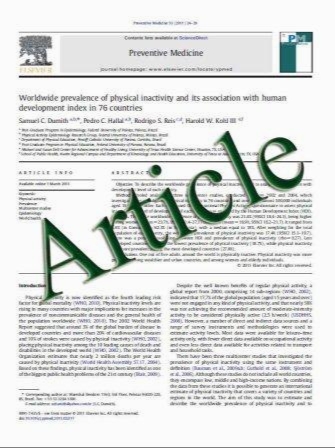Long-term follow-up of patients with chronic myeloid leukemia having received autologous stem cell transplantation
- نوع فایل : کتاب
- زبان : انگلیسی
- مؤلف : Björn Hackanson & Cornelius F. Waller
- چاپ و سال / کشور: 2010
Description
Prior to introduction of imatinib mesylate, the median survival of chronic myeloid leukemia (CML) patients was approximately 60 months and the standard treatment with interferon-alpha (IFN-α) resulted in major cytogenetic responses of 20–25%. As an alternative treatment approach besides allogeneic transplantation, intensive chemotherapy followed by autologous hematopoietic stem cell transplantation (autoHSCT) was investigated at that time with the rationale of debulking disease burden and mobilization and transplantation of Philadelphia chromosome-negative (Ph-) stem cells. In the era of tyrosine kinase inhibitors as state-of-the-art therapy for CML, the concept of autoHSCT has attracted only little interest and long-term follow-up and outcome data after autoHSCT in CML patients is scarce. In this long-term analysis, we report on 21 CML patients, mobilized in early chronic phase and transplanted with largely Ph- grafts, who received IFNα as maintenance therapy. Imatinib mesylate was administered upon cytogenetic relapse or disease progression while on IFN-α. The 10-year survival was 61% and 11 patients (52%) were alive at a median followup of 12.5 years (range 0.3–13.8) with eight patients in complete hematologic remission (CHR) and three of eight in major molecular remission (MMR). While all patients in MMR and two of five patients in CHR received imatinib, it is noteworthy that three patients remaining in CHR only received IFN-α maintenance after autoHSCT. With the limitations of a small patient population, this is the longest follow-up analysis demonstrating that autoHSCT in CML is very efficient to debulk the disease, restore Ph-negative hematopoiesis, and is able to induce major and sustained molecular responses in the majority of patients with substantial long-term survival rates.
Ann Hematol (2011) 90:395–399 DOI 10.1007/s00277-010-1094-y Received: 29 June 2010 / Accepted: 23 September 2010 / Published online: 5 October 2010


